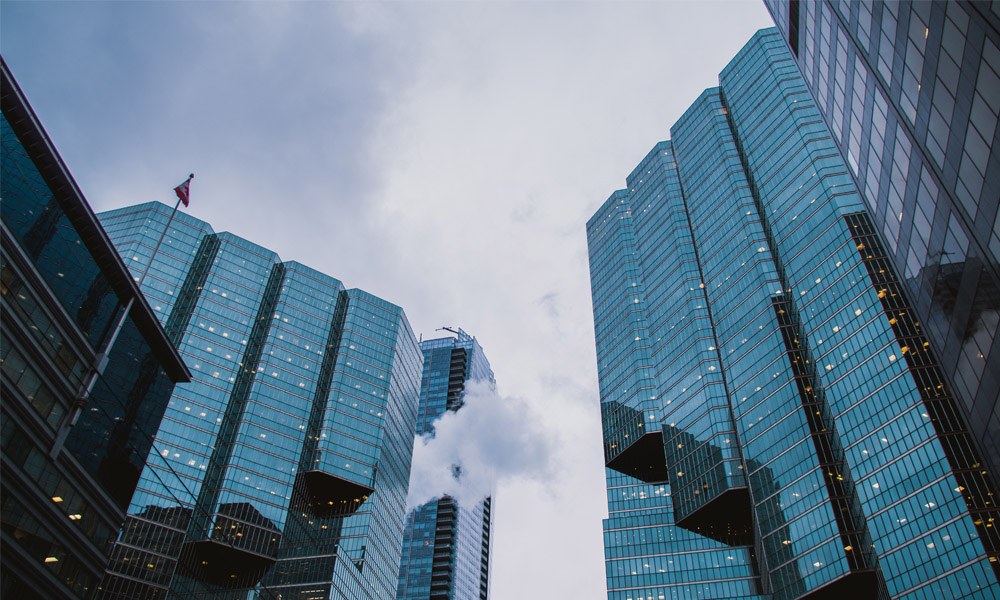

Understanding Single Glazed Low E Glass Energy Efficiency Meets Aesthetic Appeal
In the realm of modern architecture and design, the materials used for windows and glass installations have a significant impact on energy efficiency, comfort, and aesthetics. Among the various types of glass available, single glazed low emissivity (Low E) glass has emerged as a popular choice for residential and commercial buildings alike. In this article, we will delve into the characteristics, benefits, and applications of single glazed low E glass, providing insights for homeowners, builders, and architects eager to optimize their projects.
What is Single Glazed Low E Glass?
Single glazed low E glass refers to a type of glass that consists of a single layer but is treated with a special coating that reflects infrared radiation while allowing visible light to pass through. The 'Low E' denotes its low emissivity, which minimizes heat transfer while enhancing natural daylighting. This design is particularly beneficial for regions with fluctuating temperatures, offering thermal insulation comparable to that of double-glazed options while maintaining a sleek, lightweight appearance.
Benefits of Single Glazed Low E Glass
1. Energy Efficiency One of the primary advantages of using single glazed low E glass is its energy efficiency. By reflecting infrared radiation, it significantly reduces heat loss during colder months and limits heat gain during hotter periods. This not only leads to a more comfortable indoor environment but also results in reduced energy bills, making it an attractive choice for homeowners.
2. Natural Light Enhancement Low E glass allows a generous amount of natural sunlight to enter living spaces while blocking harmful ultraviolet (UV) rays. This aspect is especially critical for spaces aimed at maximizing daylight without compromising on comfort or energy efficiency.

3. UV Protection One of the less recognized benefits of low E glass is its ability to filter out harmful UV rays. Prolonged exposure to UV radiation can lead to fading of fabrics, artwork, and furnishings. By using low E glass, homeowners can protect their interiors, extending the life of their belongings and reducing the reliance on artificial light sources.
4. Aesthetics Single glazed low E glass maintains a clear and unobstructed view, thereby enhancing the overall aesthetic appeal of a building. It provides a contemporary look that complements modern architectural styles, allowing for larger windows and expansive views while maintaining efficiency.
5. Cost-Effective Despite being an innovative technology, single glazed low E glass is often more cost-effective than double-glazed alternatives. While it may not provide the same level of thermal insulation, its efficiency, combined with lower installation costs, makes it an appealing option for budget-conscious projects.
Applications
Single glazed low E glass can be utilized in various applications, ranging from residential windows and patio doors to commercial facades and skylights. It is particularly suitable for buildings in temperate climates where moderate thermal insulation is sufficient. Additionally, its straightforward installation process makes it ideal for renovation projects, where homeowners aim to improve energy efficiency without the added complexity of double glazing.
Conclusion
In summary, single glazed low E glass represents a striking balance between energy efficiency and aesthetic appeal. Ideal for both new constructions and renovation projects, this innovative glass type allows natural light to flood interiors while providing essential energy-saving benefits. As the emphasis on sustainable building practices continues to grow, incorporating low E glass into architectural designs will not only align with environmental goals but also enhance the quality of life for occupants. By choosing single glazed low E glass, homeowners and builders alike can take a meaningful step toward creating beautiful, energy-efficient spaces that stand the test of time.